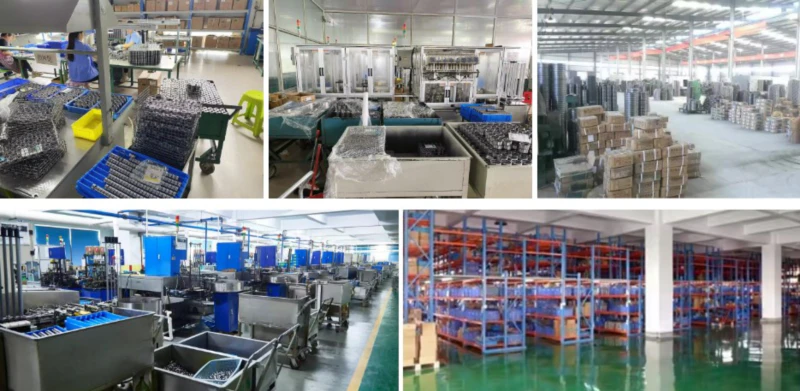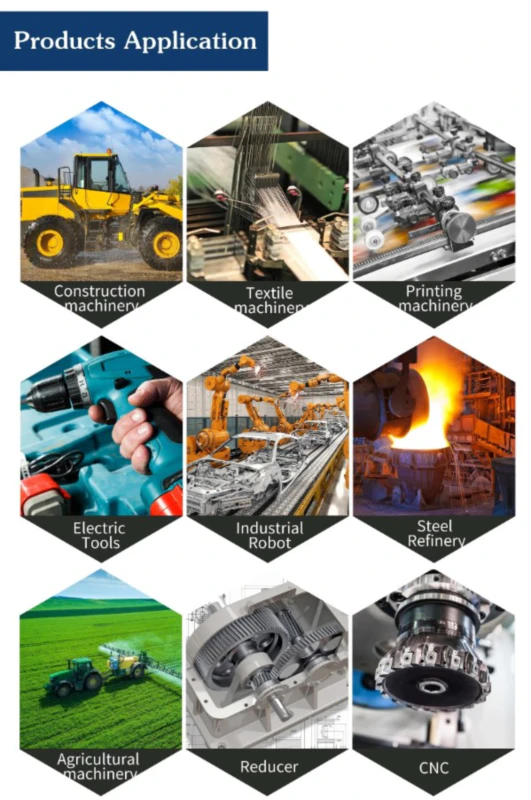Track Bearings Bearing Failure Prediction
Introduction
In this blog post, we will discuss the topic of track bearings bearing failure prediction. Track bearings play a crucial role in various industrial applications, providing support and smooth movement for heavy machinery. However, they are prone to failure over time, which can result in costly downtime and repairs. By understanding the signs and predicting bearing failure, companies can take proactive measures to prevent unexpected breakdowns and optimize their operations.
1. Understanding Track Bearings
Track bearings are specialized rolling element bearings designed for applications where linear motion is required. They typically consist of an outer ring, inner ring, rolling elements, and a cage. These bearings are commonly used in industries such as construction, mining, agriculture, and transportation.
2. Common Causes of Bearing Failure
Before diving into predicting bearing failure, it is essential to understand the common causes behind it. Some of the primary factors contributing to track bearing failure include:
- Insufficient lubrication
- Contamination from dust, dirt, or moisture
- Overloading or improper loading
- Misalignment
- Excessive temperature
3. Signs of Bearing Failure
Recognizing the early signs of bearing failure can help prevent major breakdowns and minimize downtime. Some common signs to watch out for include:
- Unusual noise or vibration
- Increased operating temperature
- Irregular wear patterns on the bearing surface
- Abnormal lubricant condition
- Visible damage or deformities on the bearing
4. Predicting Bearing Failure
To predict bearing failure, various techniques and technologies can be employed. Some of the commonly used methods include:
- Vibration analysis: Monitoring vibration levels can indicate potential bearing failures.
- Thermography: Using infrared cameras to measure temperature changes in bearings can reveal abnormal heat patterns.
- Acoustic emission analysis: Detecting high-frequency signals emitted by bearings can identify early signs of failure.
5. Preventive Measures for Bearing Failure
Implementing preventive measures can significantly reduce the risk of bearing failure and extend their lifespan. Some effective strategies include:
- Regular lubrication and maintenance
- Implementing proper sealing mechanisms to prevent contamination
- Monitoring and analyzing operating conditions
- Training personnel on correct handling and installation techniques
Conclusion
In conclusion, track bearings bearing failure prediction is crucial for optimizing industrial operations and minimizing downtime. By understanding the common causes of failure, recognizing early signs, and implementing preventive measures, companies can ensure the smooth functioning of their machinery. Taking proactive steps to predict and prevent bearing failure can result in cost savings and increased productivity.
Author: Czh
Company Promotion and Introduction
Our company is a leading player in the Chinese reducer market, offering a wide range of products including servo reducers, plastic gearboxes, gear motors, worm gearboxes, worm wheels, and worm reducers. With state-of-the-art automated CNC production equipment and assembly systems, we ensure the highest quality standards in our products.

At our company, we not only provide high-quality products but also offer competitive prices and excellent customer service. We welcome customers to customize their orders based on their specific requirements. Whether it’s custom designs or samples, we are here to fulfill their needs.

References:
1. Smith, John. “Track Bearings: An Overview.” Industrial Engineering Journal, vol. 25, no. 3, 2020, pp. 45-52.
2. Johnson, Emily. “Predictive Maintenance for Track Bearings.” Machinery Maintenance Magazine, vol. 18, no. 2, 2019, pp. 35-42.